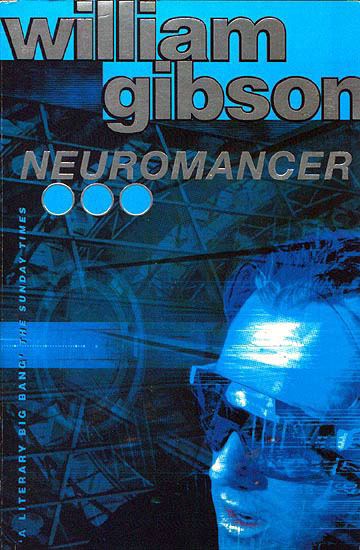My friend shared this view, along with an interesting observation: The Texas Chainsaw Massacre is not as scary as The Exorcist because it happens in, well, Texas, a very specific and localised zone. It has to happen there and not here. Its horror, its monsters, are rooted in a particular geography, a particular context. The Exorcist, on the other hand, could occur here. The monster, the demon, is not tied down to a particular locale. The preamble suggests its origins in the Middle East, out of very distant history. It manifests itself in the United States, in the possession of a young girl far, far removed from where the force emerges from. It doesn't matter where it happens, it can happen anywhere.
It could happen here, in our home.
I heard somewhere that, back in the 80s during the 'Video Nasty' panic, one of the arguments made for strict regulation of home videos went along these lines: it is one thing to go to a cinema to see a violent movie, but quite another to experience that in your own home. Going to the cinema removes the film from the homestead, but bringing it into the home, into the place where one is meant to be safe, that has potential for great danger. The danger is that experiencing something horrific in one's own home undermines its feeling of security, its safety, its very homeliness.
However, I want to discuss another kind of horror. The realisation that the homely was, in fact, never homely at all.
*
Regular readers of this blog will know that I'm fond of my walks. Last weekend, I departed from my usual route and found this:
This was spooky. Very spooky. This is what I want to explore in this post, a feeling of horror in the home that is not that of the intruder. It is, rather, the recognition of the unhomeliness of the homely. That is, discovering that one's home, the familiar, contains and always has contained an unfamiliar, unsafe dimension. Not that something foreign has entered and changed things, but rather discovering that home was always foreign. This is the feeling so well expressed in David Lynch's Twin Peaks and Blue Velvet. The hidden-yet-always-present wrongness of the homely.
That was the feeling I had when I came across this site. This wasn't Texas, this was home. And in home, my home, there was something scary, something wrong, something unfamiliar. You might think that that's a lot to read into a disused farming structure, but the atmosphere, the setting sun, the cold, the silence, the remoteness, the strangeness of it made for a powerful experience.
I live on the outskirts of the city, and as such I'm treated to an unusual environment where, on one side, there is the city and modernity, and on the other side I can walk for miles and meet less than a dozen people. I can simply venture out and walk, and see where I end up. As such, there has always been a feeling of living on a border, that beyond there lies...the outside. There is the rational realisation that this is not the case, that there lie suburbs and towns and villages and roads and pylons, but that isn't how it feels.
I digress.
This is the feeling that Lovecraft is able to conjure. That the horror does not reside far away, it is close, it is near, it is here and always has been. The Old Ones are not a foreign element, they have been here far longer than we have. Our homes where never our homes, they were always unhomely. To notice something that has always been unnoticed, and yet always present, that is so deeply uncomfortable that it is difficult to articulate the sensation.
I think that this is part of the special frisson that the conspiracy theory is able to produce. I treat conspiracy theories as a kind of myth-making, an elaborate, world-structuring fiction whose fictitiousness is not known to those who possess them. Perhaps the appeal is the same appeal as that of a Lovecraft or a Ligotti: beneath the surface of the familiar is something utterly unfamiliar. Familiar things that, nominally, guarantee our security and freedom are, in fact, undermining and robbing us of both these things. Worse than that: these are things we never possessed. The familiar was always other. The government is not and has never been corrupt, it has always been the Illuminati and that is that.
The planes overhead are leaving something in the air...
The schools, the universities, they're brainwashing the youth...
President Kennedy wasn't assassinated, he was sacrificed...
The successful conspiracy theory functions on the same level as a successful horror story.
*
I had a dream recently.
I dreamt that near where I live, there was an installation, scientific-military. It was an array of large satellite dishes, angled skywards. Everyone knew, and had always known, that these were not innocent, that they were there for a reason that was not being admitted publicly. That they weren't right.
It wasn't a dark night. The sky was a pale blue, as if it were lit up by a full moon. A kind of not-night. And I am there, near this array which is there for a reason we can only guess at, and there is a man with me. He points to the sky, the clear not-night sky, and I can see around the stars a rippling, like a heat haze. The man says: 'You see that? If you look closely, you can see HAARP at work!'








.jpg/240px-TheDifferenceEngine(1stEd).jpg)